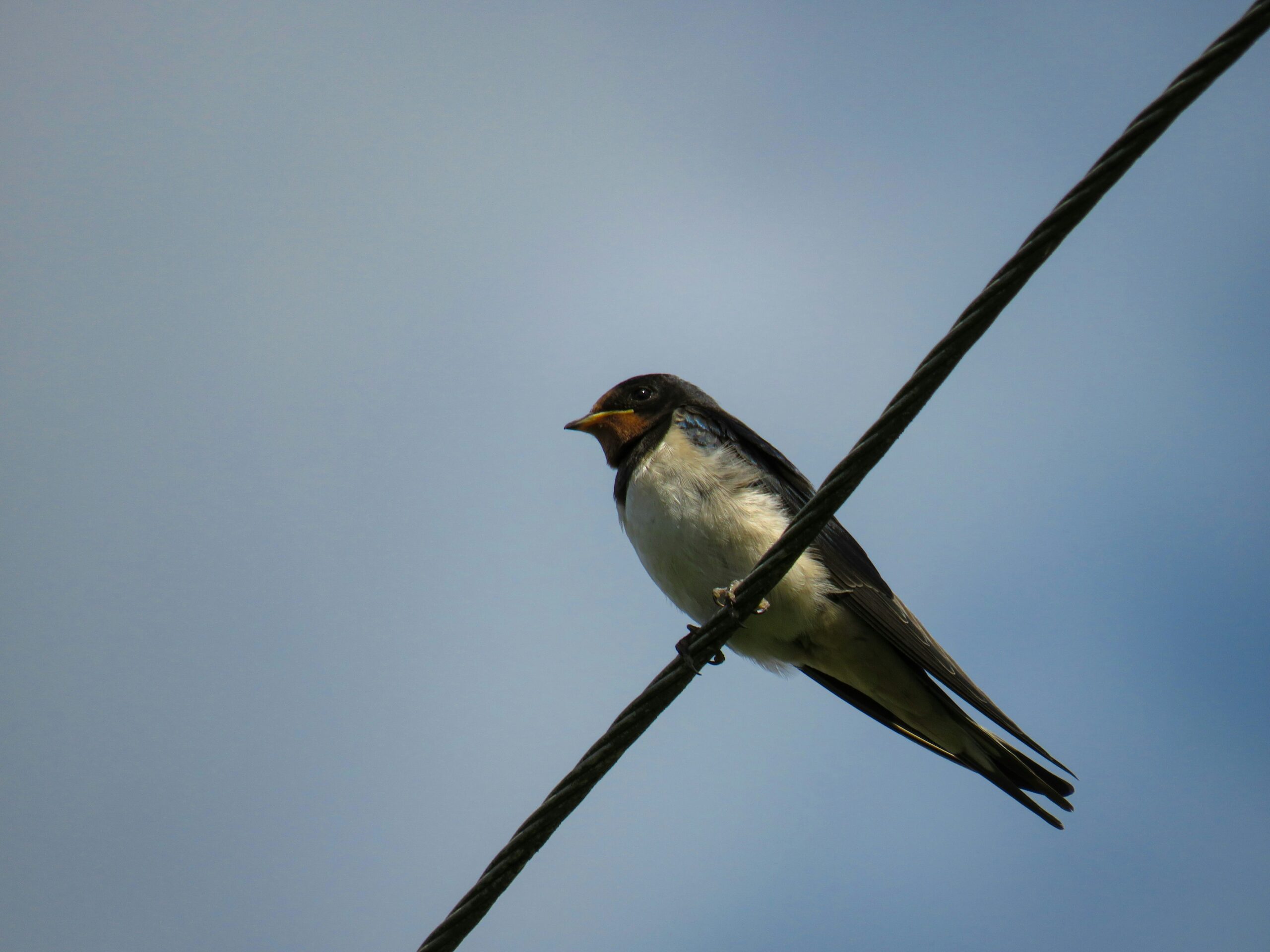Swallows are among the most eagerly anticipated migratory birds in the UK, signaling the arrival of spring with their graceful flight and distinctive forked tails. Every year, these small yet resilient birds undertake an incredible journey from Africa to the UK, covering thousands of miles. But when exactly do swallows arrive in the UK, and what factors influence their migration? This article explores the migration timelines of swallows, the routes they take, and the challenges they face along the way.
Understanding Swallow Migration
Swallows (Hirundo rustica), also known as barn swallows, are one of the most recognizable migratory birds in the UK. They belong to the Hirundinidae family and are known for their agile flight, streamlined bodies, and long migrations. These birds have an incredible ability to travel vast distances, using innate navigation skills that allow them to return to the same breeding sites year after year.
Why Do Swallows Migrate?
Swallows migrate seasonally to exploit the best conditions for feeding and breeding. Migration is driven by changes in daylight, temperature, and food availability. In the autumn, swallows leave the UK as insect populations decline, making their way to warmer regions where food is abundant. In the spring, they return to the UK to breed and raise their young. This annual journey ensures their survival, allowing them to take advantage of different climates at different times of the year.
Arrival Timelines of Swallows in the UK
When Do Swallows First Arrive?
Swallows typically start arriving in the UK in March and April, with peak arrivals occurring in mid to late April. However, some early individuals may be spotted as early as late February if weather conditions are particularly mild. These early arrivals are often the most experienced swallows, able to navigate unpredictable conditions to reach their breeding grounds first. Their arrival is closely linked to the availability of flying insects, which are their primary food source.
Where Do Swallows Arrive First?
The first swallows begin appearing in the southern parts of the UK, including the South Coast, Devon, and Cornwall. These early arrivals are often individuals that left their wintering grounds sooner than others. By mid-April to early May, the main wave of swallows reaches the UK, spreading across England, Wales, Scotland, and Northern Ireland. During this period, sightings become more frequent in both rural and urban areas, with the birds actively seeking suitable nesting sites. The arrival of swallows is often considered a clear sign that spring has truly begun.
When Do the Last Swallows Arrive?
The last groups of swallows, often stragglers, arrive between late May and early June, ensuring that the breeding population is fully established. These late arrivals may be younger or less experienced birds that have faced delays along their migratory route. Their arrival helps ensure genetic diversity in the breeding population, as birds from different wintering grounds mix and reproduce.
Migration Routes: The Long Journey to the UK
Where Do Swallows Winter?
Swallows travel an astonishing 6,000 miles (9,650 km) between their wintering and breeding grounds. Most swallows winter in southern Africa, including South Africa, Namibia, and Botswana, where insect populations remain abundant during the UK’s winter. They prefer open landscapes with a high density of flying insects, which provide the energy needed for their long journey.
How Do Swallows Travel to the UK?
In early spring, they embark on their northward migration, crossing the vast and arid Sahara Desert. This is one of the most perilous parts of their journey due to extreme temperatures and limited food sources. Swallows must rely on fat reserves and sporadic feeding opportunities to survive this stretch.
After crossing the Sahara, they continue their journey through North Africa and the Mediterranean, passing through countries such as Morocco, Algeria, and Tunisia before reaching Europe. They refuel in Spain and France, where insect populations are higher, before making their final push across the English Channel. The first arrivals are usually recorded in coastal regions, where they take advantage of abundant insect life.
Factors Influencing Swallow Migration
Weather Conditions
Mild springs can encourage earlier arrivals, while prolonged cold or stormy weather can delay migration. In extreme cases, swallows may pause their journey, waiting for more favorable conditions before continuing northward.
Food Availability
Swallows rely on flying insects for sustenance. Poor insect populations along their migratory route may slow their progress, forcing them to stop frequently to refuel. Reduced insect availability due to habitat destruction or pesticide use can have serious consequences for swallow populations.
Impact of Climate Change
Climate change has been influencing migration timing, with some swallows arriving earlier in recent years. Changes in global temperatures affect insect populations and alter wind patterns, which in turn impact migration routes and survival rates.
Wind Patterns
Favorable winds can speed up the journey, while headwinds may slow the birds down. Tailwinds help swallows conserve energy, allowing them to travel longer distances without stopping.
When Do Swallows Leave the UK?
Departure Timeline
After a successful breeding season, swallows begin their return migration to Africa between September and October. This departure follows a similar but reversed route, with young swallows making their first long-haul journey south. As they prepare for migration, swallows gather in large flocks, often seen perched on telephone wires.
Last Sightings
By late October, most swallows have left the UK, although occasional late migrants may be seen into November. Their departure is often bittersweet for bird watchers, as it marks the transition into colder months. Some swallows that linger longer may attempt to survive the winter in the UK, though this is rare and usually unsuccessful.
Conclusion
Swallows are a true marvel of nature, undertaking one of the longest and most demanding migrations in the bird world. Arriving in the UK between March and May, these agile flyers bring life to the countryside, heralding the arrival of warmer days. However, they face increasing challenges due to habitat loss, climate change, and food scarcity. By understanding their migration patterns and taking steps to support their conservation, we can help ensure that swallows continue to grace our skies for generations to come.

